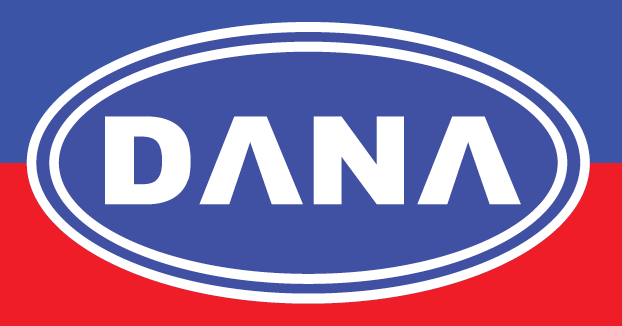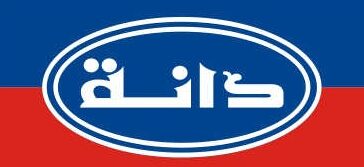How To Improve A Refrigeration System For Chilled Water?
The effects of chilled water systems in industrial plants are undeniable. A chilled water cooling system has various benefits, mostly in terms of energy consumption and easy maintenance. You will boost these effects for your plant by maintaining regular and continuous device management over its lifespan. Bear in mind that the chiller is just part of the device.
Here are a few of the elements:
- Chillers
- Machines for removing heat
- Pumps with chilled water
- Instruments
- Electrical and control systems

The cooling plant’s key feature is the water chiller. However, in addition to the chillers, other components and devices play an important role in the system’s proper operation. It’s vital not to forget any part of the system. Here’s a short rundown of a few of them.
Pump Setup and Servicing
Pumping systems are important because they provide both warm water to the chiller and chilled water to the heat removal units. As a consequence, you will need to reduce the amount of electricity used by the devices to the greatest extent possible. Next, consider the following methods:
- Make sure the pressure levels are as low as possible and in compliance with the circuit’s pressure drop.
- Check that the timing is right, i.e. the chiller and pumps can operate at the same time.
It’s also vital to follow standard pump repair measures like oil the joints, position the shaft, and apply positive suction pressure.

Off-Peak Hours Thermal Energy Recovery
A Thermal Energy Storage Solution can be an attractive choice if your installation’s energy demand rises. Energy rates fluctuate during the day, and if the demand is high at some times of the day, such as during the day, you could be losing business.
Thermal Storage Tanks energy can be stored during non – peak hours, where it is usually cheaper and more effective so that it can be used when it is most required. As a result, rather than buying a new chiller for your chilled water refrigeration device, it could be more cost-efficient to invest in a Thermal Energy Storage solution.
Investment in a Consistent and Reliable Water Treatment System
The water system loop of a chilled water refrigeration system requires constant treatment, even though it is not exposed to the atmosphere. Depending upon the type of device and target outcomes, ozone, electrical, and chemical methods can be used.
What comes if you don’t do this maintenance? Over time, the pipes may scale and the water may foul, creating heat transfer issues at the cooling coils and chiller.
If the chiller’s tubes are affected in some way, the system’s output would suffer greatly. Some of the cooling tower’s water can float into the atmosphere, allowing biological matter to expand in the tower’s basin. In the treatment of this problem, antimicrobial drugs come in handy.
Flow Rates: Shouldn’t Be Too Low or Too High
The efficiency of the chiller is directly proportional to the flow levels of the condenser and evaporator. The performance is retained as long as the rates are at least 90% of the specification parameter. The laminar flow will occur inside the chiller whether the flow rate is limited or decreased. A higher flow rate is also unfavorable since it can contribute to chiller wear and corrosion. As a general rule, the flow rate should be between 2.5 and 3 m/s.
Cleaning of Tubes For Chilled Water
In a chilled water refrigeration device, dirty tubes are perhaps the most popular source of inefficiency. You may consider the amount of tubing used in large commercial condenser and evaporator tubes. We may be talking around a distance of many miles. Maintaining clean and neat surfaces will greatly boost machine efficiency.
According to many producers like Dana Waters (Division of Dana Group), an annual cleaning is important. You should clean the tubes manually if you own an older system. Modern chillers are fitted with self-cleaning devices.
The refrigeration device will consume up to 60% of electricity in large commercial buildings. As a result, every change to a chilled water refrigeration device is all about saving money. The most effective ways of enhancing efficiency are analytical and proactive strategies, both of which have been addressed here.
Credit – https://danawatercoolers.com/how-to-improve-a-refrigeration-system-for-chilled-water/


